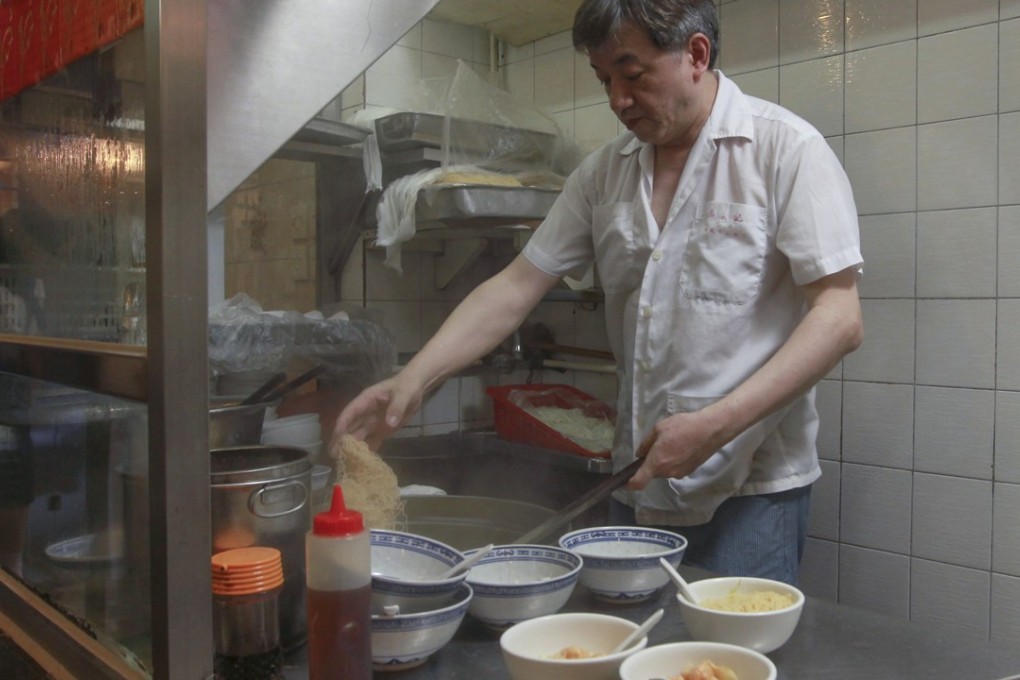Opinion | Why doesn’t food-obsessed Hong Kong have its own signature dish?
Peter Kammerer says it’s odd that a locale like Hong Kong, with around 15,000 restaurants and a tourism campaign that highlights food, doesn’t single out one dish to promote as a ‘must-eat’ while in the city. Here are a few that could make the cut

There’s without doubt a drink, milk tea, and the obvious savoury and sweet snacks – fishballs, egg waffles and that oddity of condensed milk and peanut butter on toast – but nothing stands out for a meal.
Isn’t it time we chose from the seemingly limitless list of what’s on offer to better promote our exceptional local cuisine?
That thought comes to mind each time I travel beyond Hong Kong. Every mainland city I have visited has a must-try speciality promoted above all others – in Foshan, there was blind man cake and wonton soup; in Xiamen, oyster omelette and shacha noodles; in Tsingtao, pork and cabbage buns and chilli sautéed clams.
